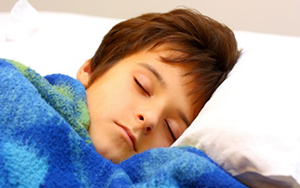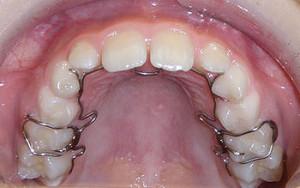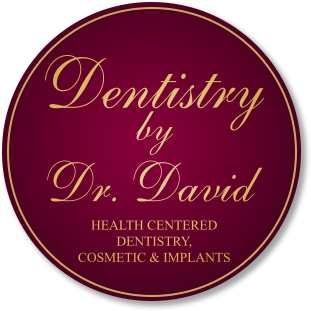
Children experience sleep-disordered-breathing just as often if not more than adults do. If a child’s sleep apnea is intervened with early enough, multiple health complications can be avoided. So, what can I do to make sure my child won’t suffer the consequences of poor sleep? First, it is important to understand what healthy breathing presents as during deep sleep. It is also important to recognize the signs that deep sleep is bring disrupted.
Let’s first identify what should be happening when we are sleeping and breathing correctly. In a subconscious sleeping state, we should be breathing only through the nose with the mouth shut. The tongue should be resting at the roof of the mouth. By the tongue resting in this position, it encourages air flow through the nose as opposed to through the mouth. In order to achieve REM, or Rapid Eye Movement, a deep sleep must be achieved. During the stage of REM is when our brain restores itself, stimulates healthy development, and strengthens memory.
So, what tells us a child isn’t performing healthy sleep habits? A child that is not getting quality sleep may appear drowsy during the daytime. They may also present in an opposite manner and be hyperactive or unruly. Wetting the bed is another sign a child is not receiving enough oxygen while sleeping due to a suspected sleep disorder. Bed wetting occurs when the brain alerts the body to wake up partially in order to open the airway to receive more oxygen. When this happens, our body also signals to release the bladder. The brain may also signal the lower jaw to move forward in an effort to open the airway, which manifests as loud teeth grinding.
Left untreated, sleep disordered breathing will slowly deteriorate the body, leading to long term health consequences. This is especially significant when it starts at an early age in a child. Over time, a child will likely not develop to their fullest potential while battling sleep-disordered-breathing. This includes restricted cognitive and social development due to disturbances in REM sleep and nightly healing process. The risk of high blood pressure and heart disease is also high when dealing with long-term untreated sleep apnea. By experiencing multiple apnea episodes on a nightly basis, the heart needs to work overtime to make up for the low oxygen levels. This damages the arteries surrounding the heart and contributes to higher risk of heart attacks during early adulthood, one of the leading causes of death in the United States.

So, what can we do to help avoid these consequences? Often, children with narrow jaws will experience sleep-disordered-breathing. Early expansion of these narrow jaws can facilitate opening a child’s airway and discourages sleep apnea from becoming a problem later in life. Removable or fixed oral appliances can help expand a child’s upper and lower jaw bones if worn consistently. The earlier the expansion process starts, the more effective it will be as bone that is still developing is softer and easier to move compared to adult bone. Through early expansion, favorable development of the permanent teeth is also achieved, which contributes to proper airway function. A sleep study may also be a great way to start the process of treating a child with suspected sleep-disordered- breathing. The study will be able to identify whether or not an obstruction of air is occurring during their sleep cycle.
